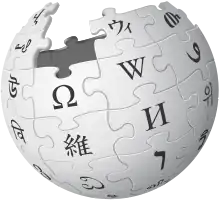四君子
Chinese
| four | |||
|---|---|---|---|
| simp. and trad. (四君子) |
四 | 君子 | |
| Literally: “four junzis”. | |||
Pronunciation
Proper noun
四君子
- Four Gentleman; four plants (chrysanthemum, bamboo, orchid, and plum blossom) that are often depicted in traditional Chinese, Korean, and Japanese ink-and-brush painting
References
 Four Gentlemen on Wikipedia.Wikipedia
Four Gentlemen on Wikipedia.Wikipedia
Japanese
| Kanji in this term | ||
|---|---|---|
| 四 | 君 | 子 |
| し Grade: 1 |
くん Grade: 3 |
し Grade: 1 |
| on’yomi | ||
Etymology
Probably from Middle Chinese compound 四君子 (*sì *giuən *tziə̌, literally “four gentlemen”). Compare modern Chinese 四君子 (Sì Jūnzǐ).
Proper noun
四君子 • (Shikunshi)
Coordinate terms
- 松竹梅 (shōchikubai): pine, bamboo, and plum (similarly appearing as the subject of traditional Chinese, Korean, and Japanese paintings)
References
- Matsumura, Akira, editor (2006), 大辞林 [Daijirin] (in Japanese), Third edition, Tōkyō: Sanseidō, →ISBN
This article is issued from Wiktionary. The text is licensed under Creative Commons - Attribution - Sharealike. Additional terms may apply for the media files.